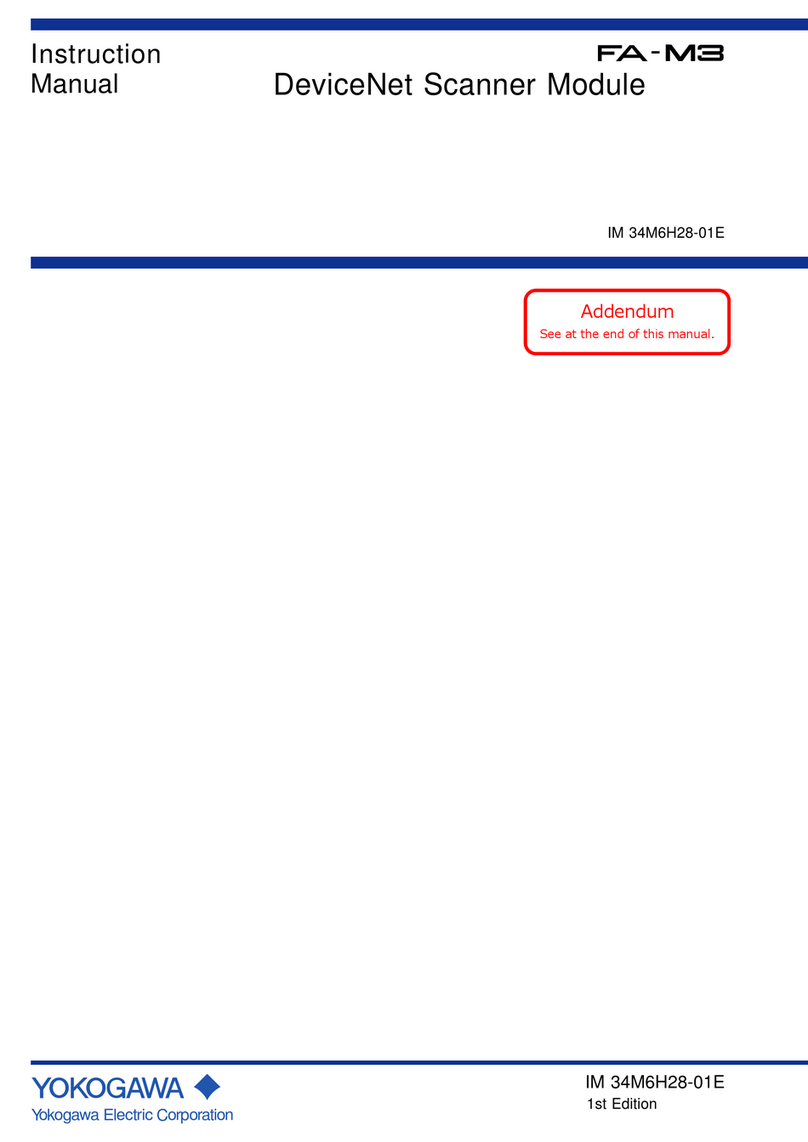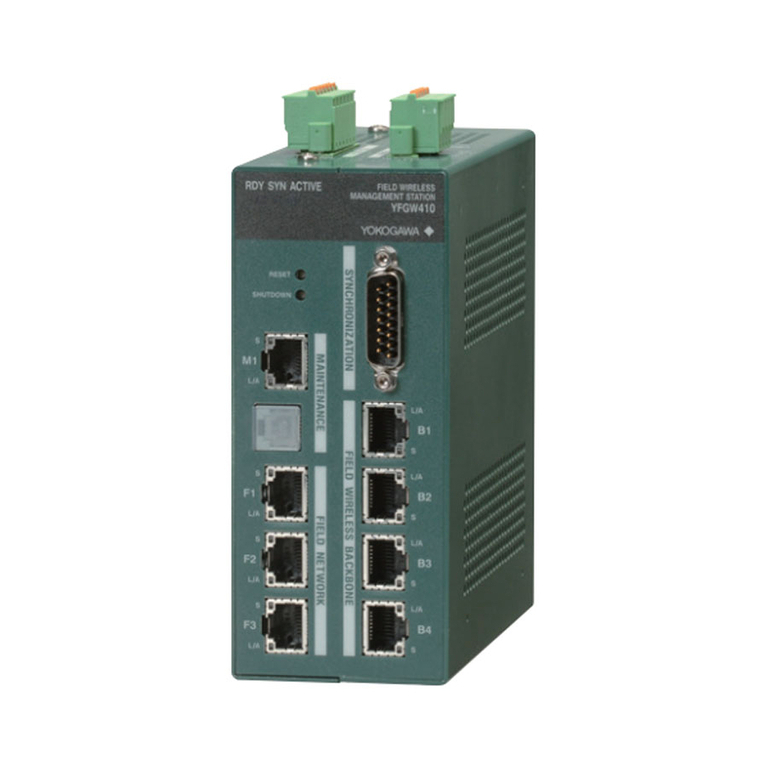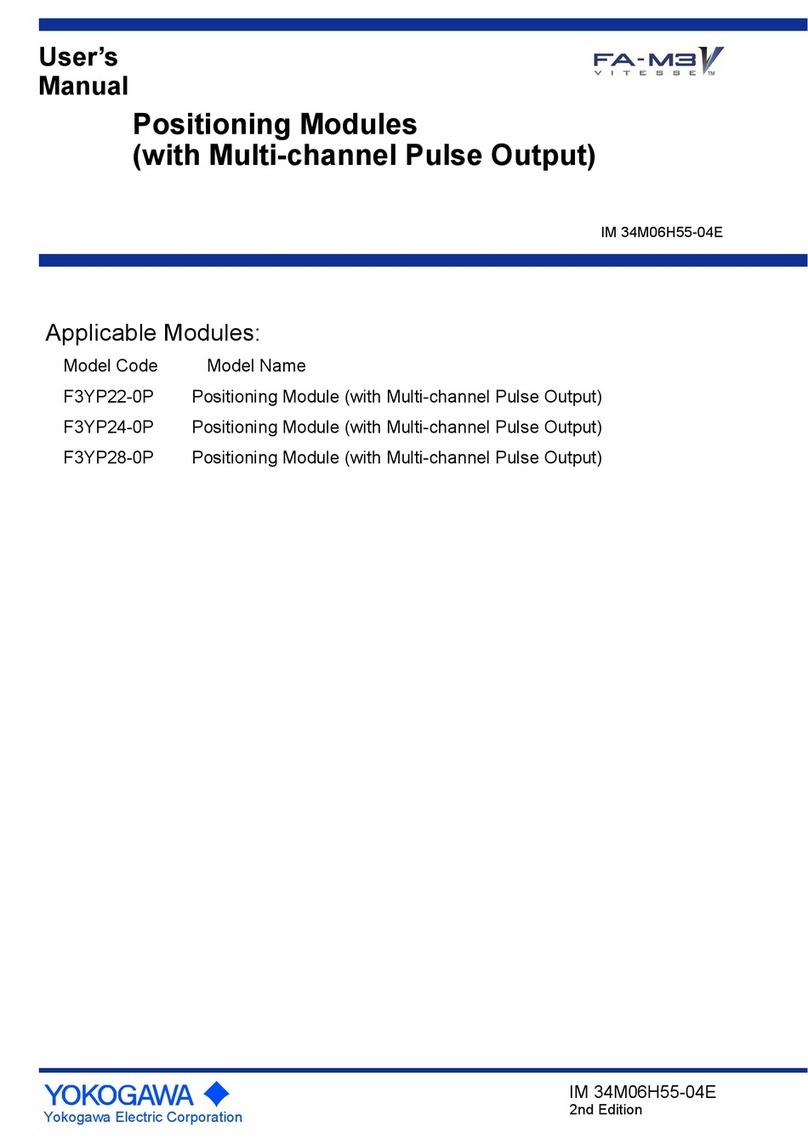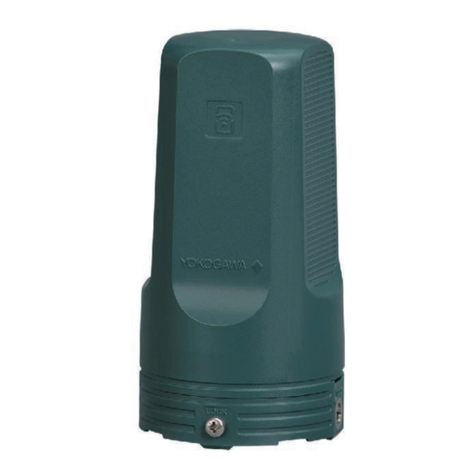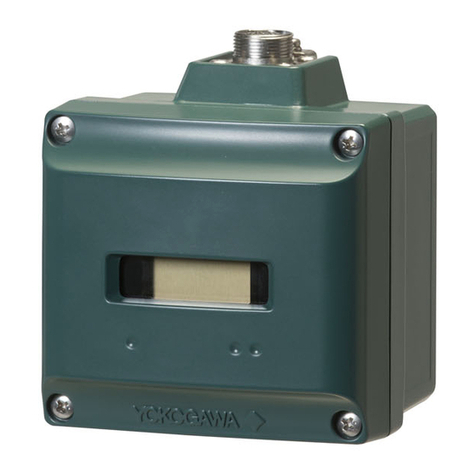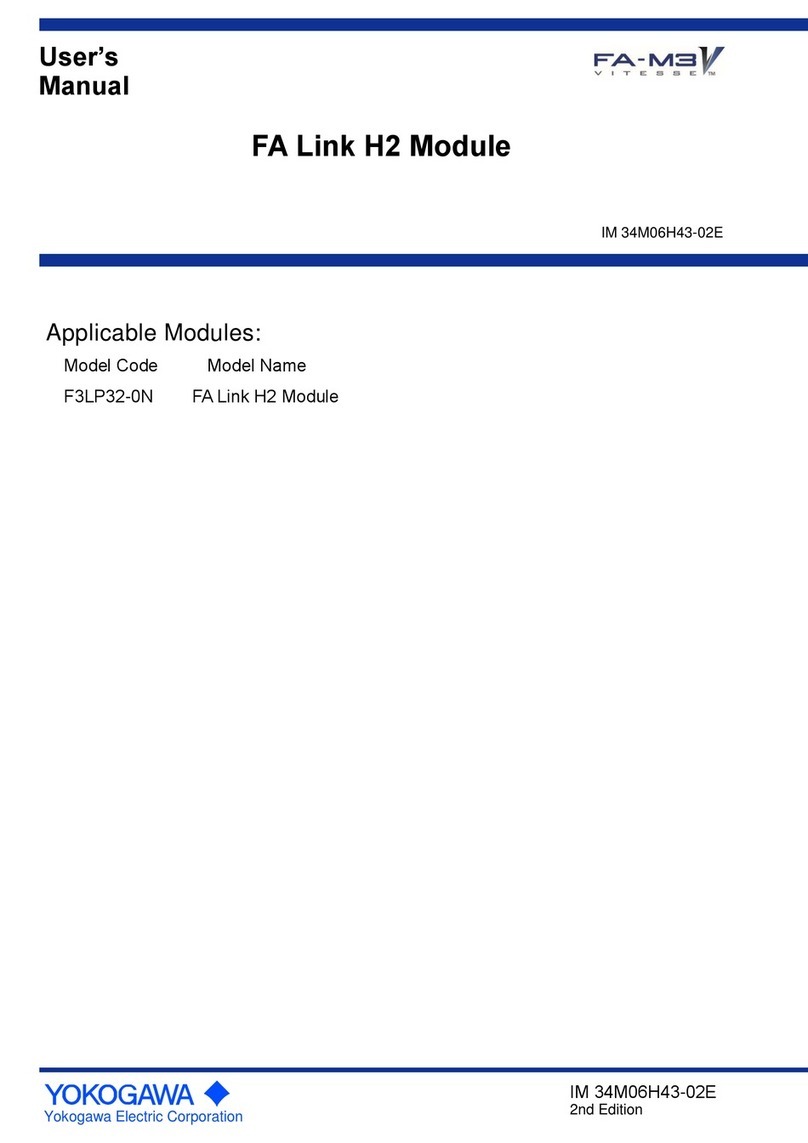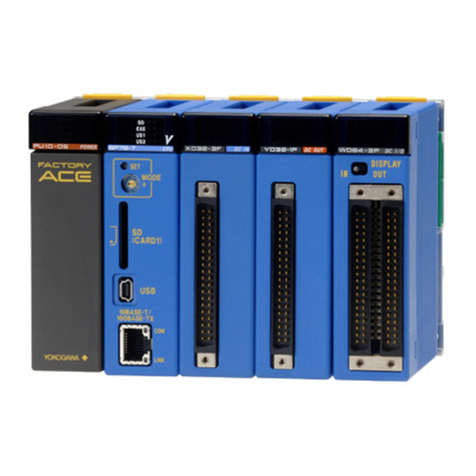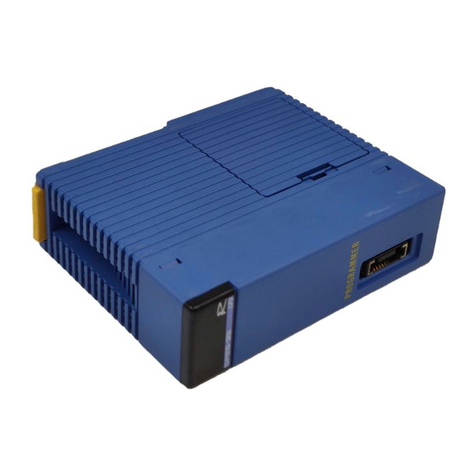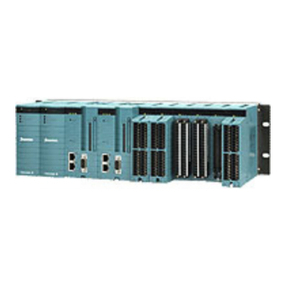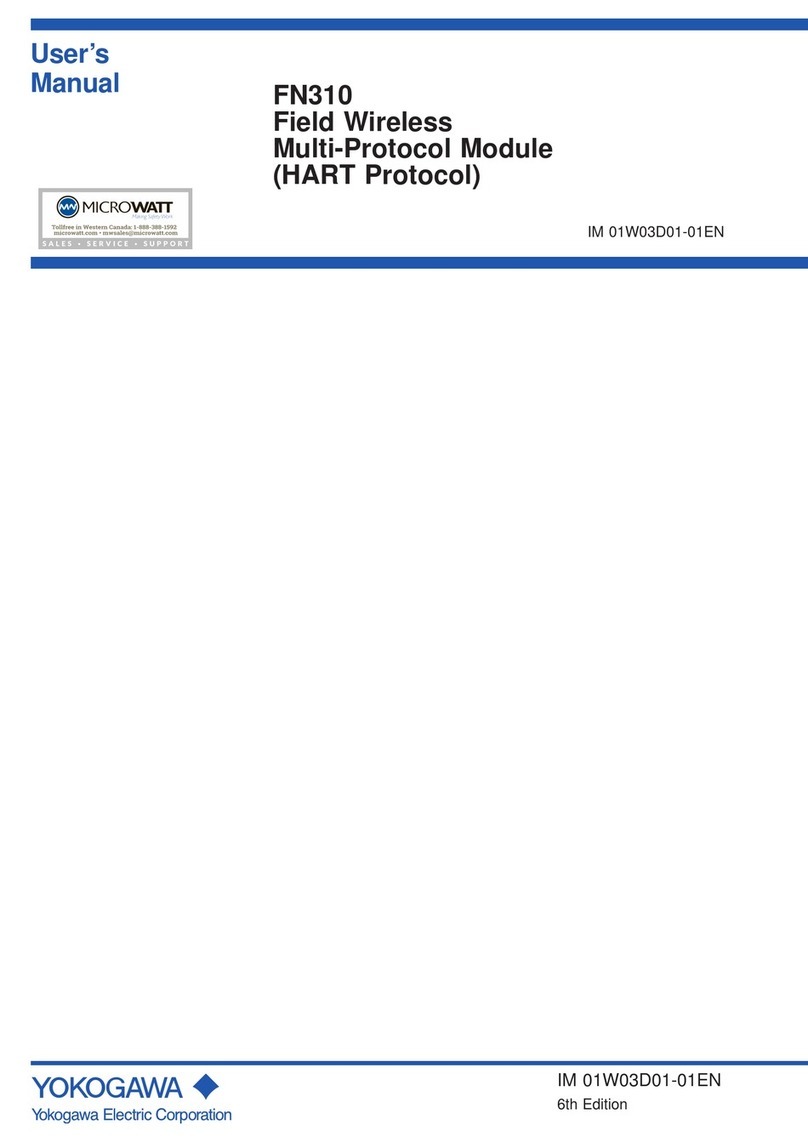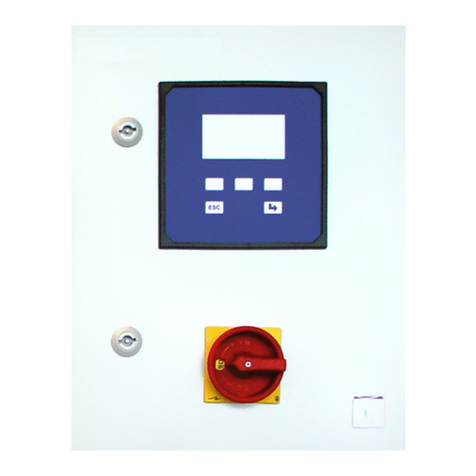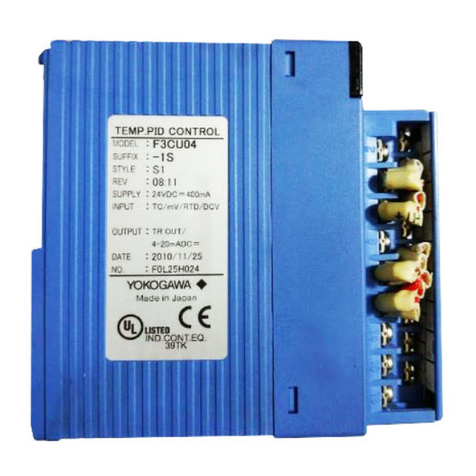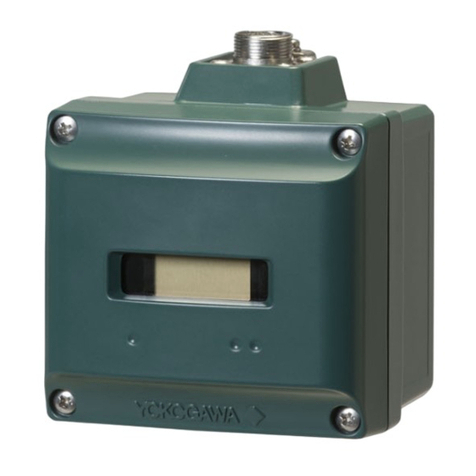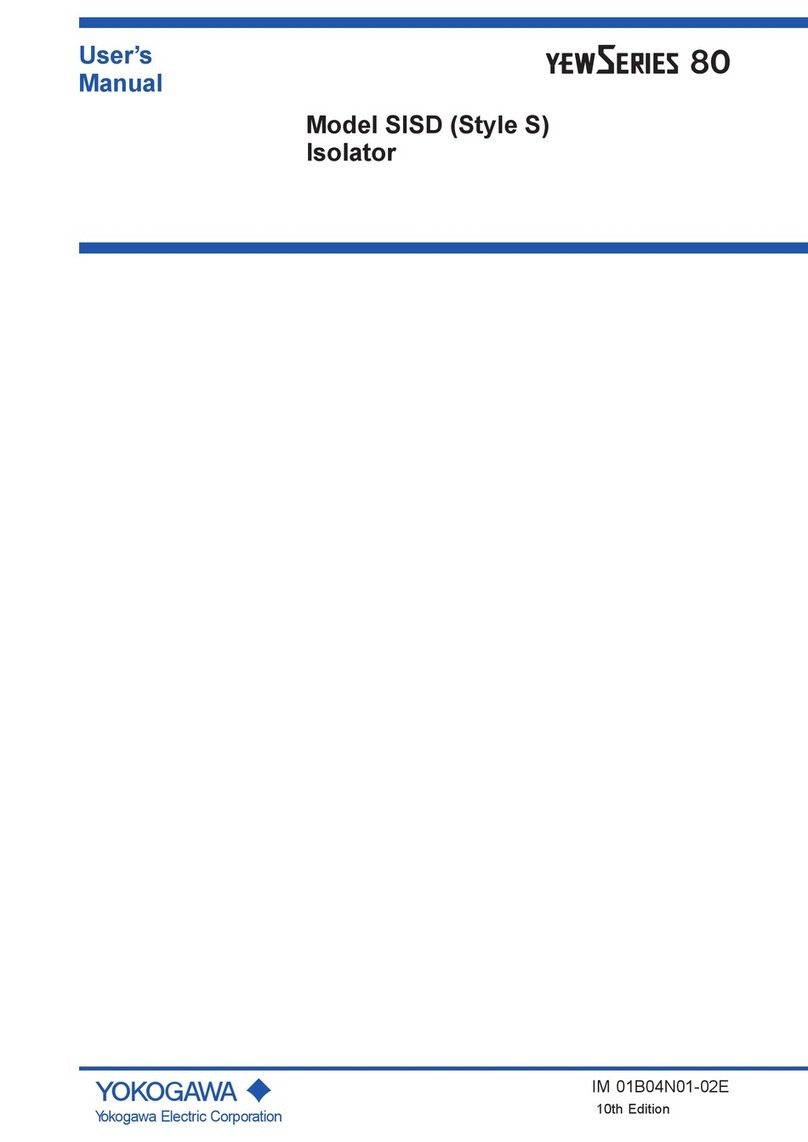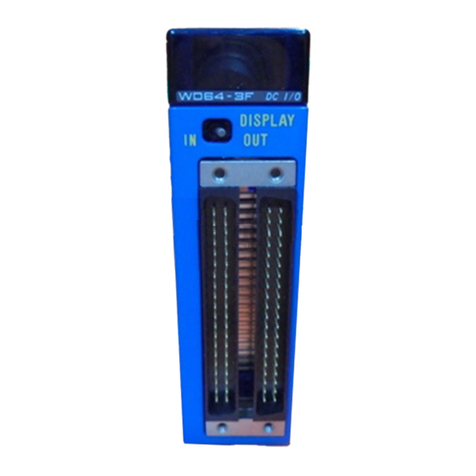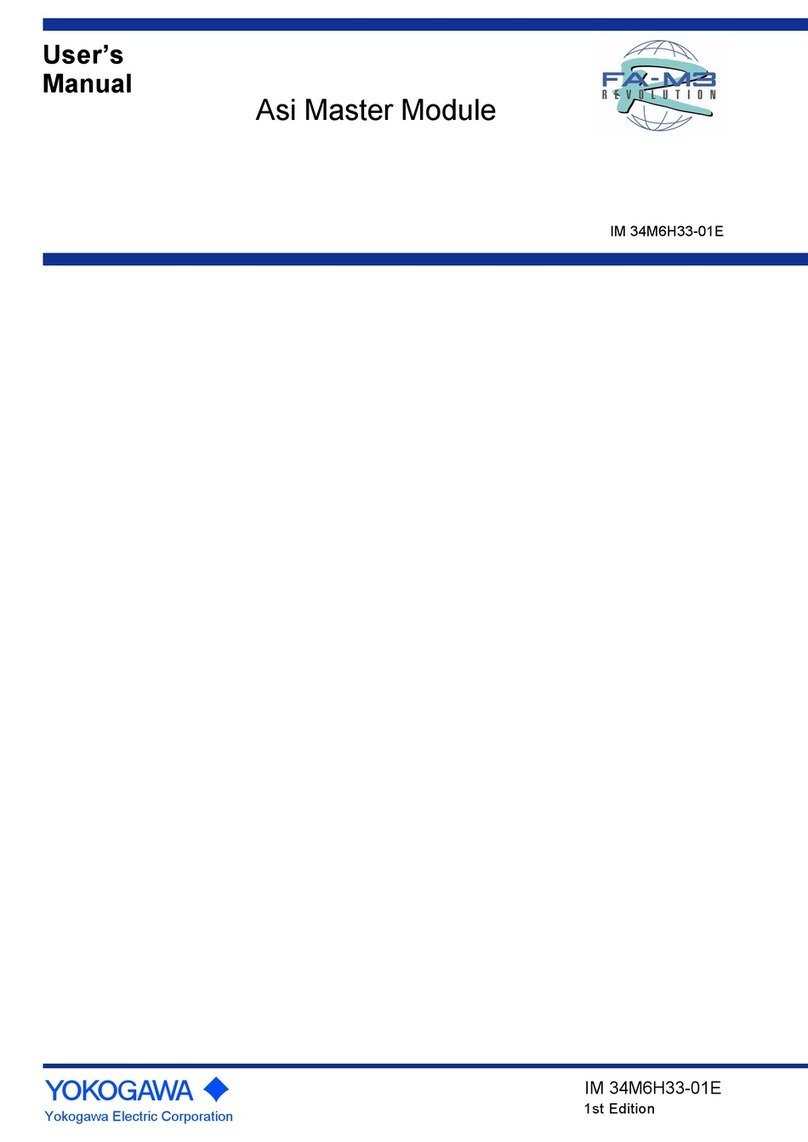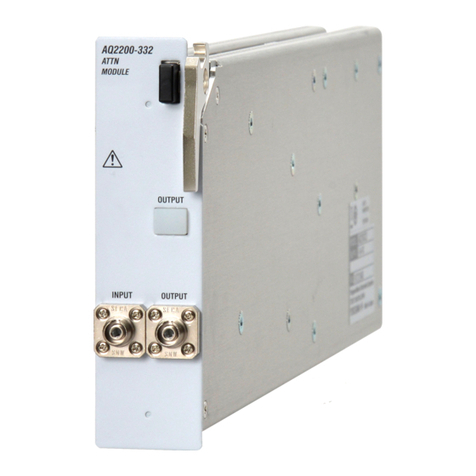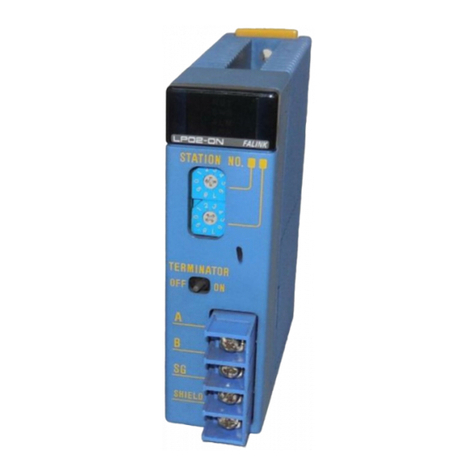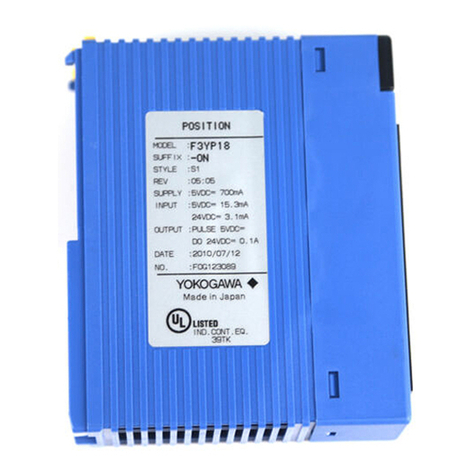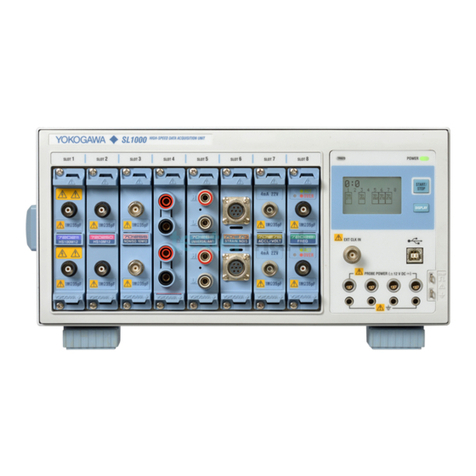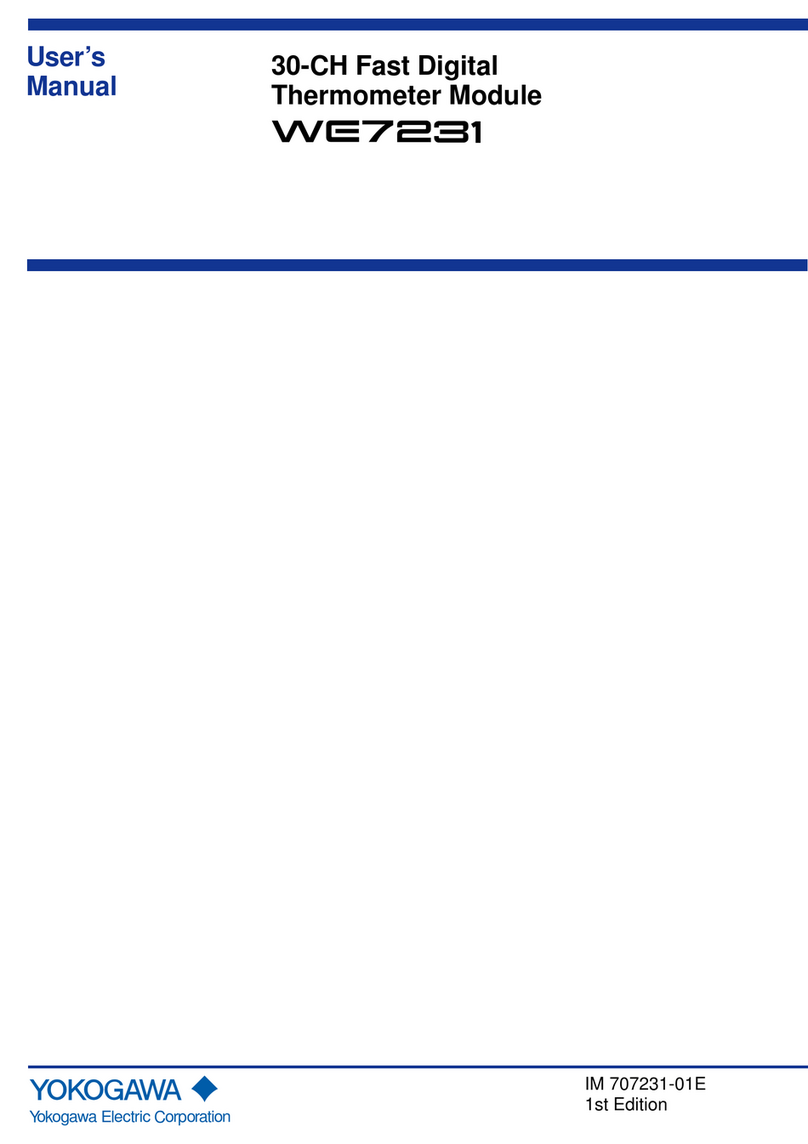
8th Edition: Jan.29,2021-00
CONTENTS
1. INTRODUCTION .................................................................................. 1-1
1.1 Inspection .............................................................................................1-2
1.2 Documentation Conventions...............................................................1-3
1.3 Notice ....................................................................................................1-4
1.4 About Compatibility with the Conventional Model (Style E) .............1-6
2. GENERAL............................................................................................. 2-1
2.1 Standard Specifications.......................................................................2-2
2.2 Model and Suffix Codes .............................................................................2-3
2.3 Accessory......................................................................................................2-4
3. INSTALLATION .................................................................................... 3-1
3.1 External Wiring .....................................................................................3-1
4. FUNCTIONS......................................................................................... 4-1
4.1 Operation Principle ..............................................................................4-1
4.1.1 Hardware Block Diagram ...........................................................4-1
4.2 Input Processing Function ..................................................................4-3
4.3 Alarm Processing Function .................................................................4-5
4.3.1 Alarm-Detecting Sections ..........................................................4-6
4.3.2 Alarm Connection / Output Sections ..........................................4-7
4.3.3 Example of Setting the Alarm Functions ..................................4-10
4.4 Retransmission Output Function (for /VLT and /CUR Options) ......4-11
4.5 Communication Function (for /COM Option)....................................4-12
4.6 Function of Recovery from Power Failure ........................................4-13
4.7 Self-Diagnostic Function ...................................................................4-14
4.8 Alarm/Failure Outputs at Power-on and Power Failure....................4-15
5. SETTING............................................................................................... 5-1
5.1 Names of Components.........................................................................5-3
5.2 Part Names of the Display Setter.........................................................5-4
5.3 Setting Jumpers ...................................................................................5-6
5.3.1 Checking Setting Jumpers and their Locations...........................5-7
5.3.2 Change of Setting Jumper .........................................................5-8
5.4 Settings Done from the Front Panel of the Alarm Unit.......................5-9
5.4.1 How to Operate the Key Switches..............................................5-9
5.4.2 Settings Using Key Switches (Example) ..................................5-10
Model SDAU (Style R)
Digital Alarm Unit
IM 01B04K03-02E 8th Edition
